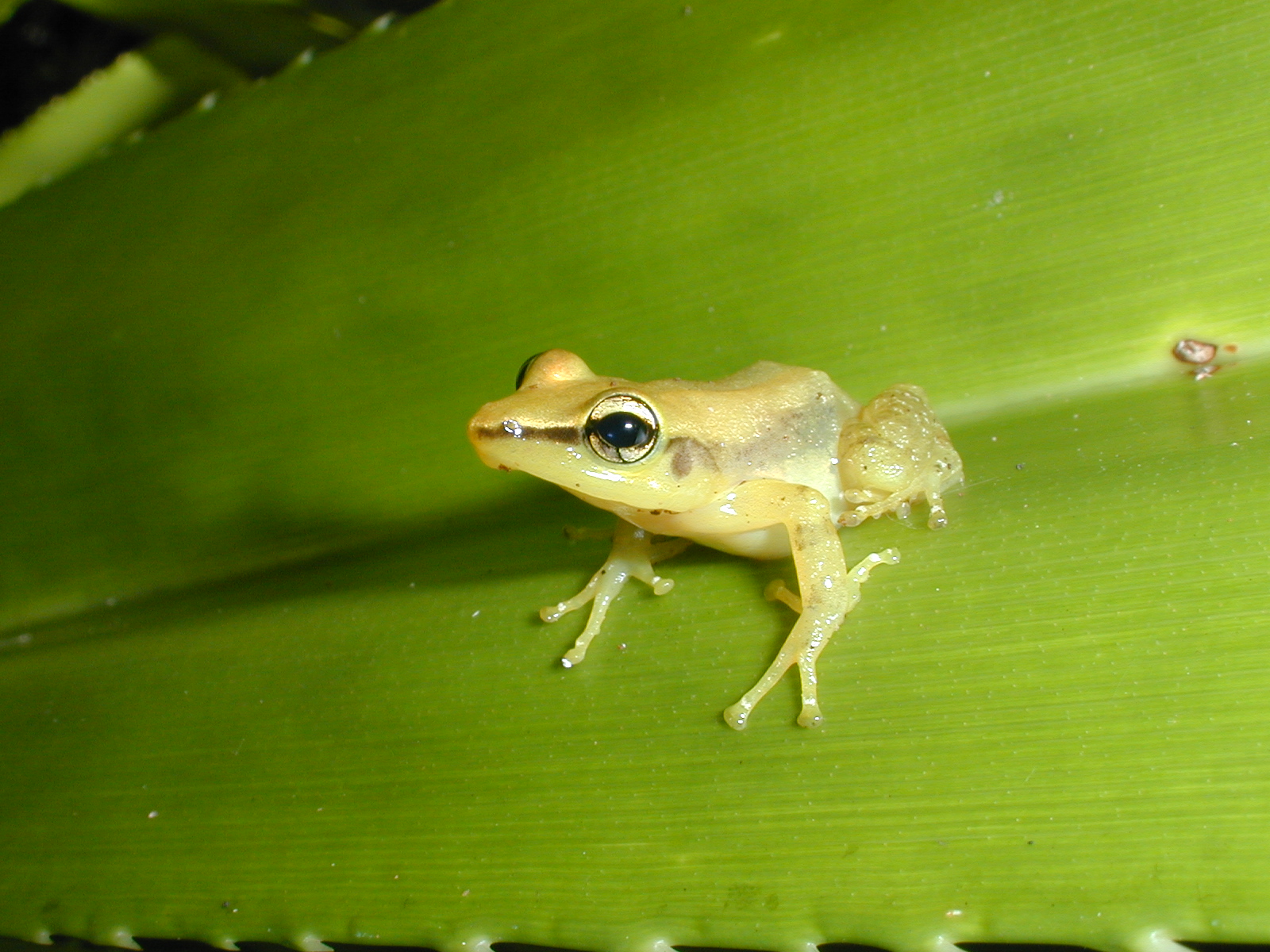A recent paper by Hedges and Conn, investigated the known skinks from the Caribbean region using morphological and molecular data. This is the first comprehensive attempt to understand the diversity of these interesting lizards using modern approaches. At the time this paper was published, 26 species in one genus were known from this region. Using a combination of morphological measures and DNA sequences, the authors identified a shocking 61 species in 16 genera! Many of these new species are island endemics, and the vast majority are endangered or (in some cases) already extinct. The Indian mongoose (introduced to many Caribbean islands during the sugar era) seems the likely culprit in the decline or extinction of many of these species.
This study shows the power of using integrative approaches to species delimitation and how, despite the very large number of known species on Earth, we are still in the “Age of Discovery”. Now that superficially similar species can be discerned from one another with the help of DNA sequences, studies like this one will continue to greatly add to the known life forms on our planet. Let’s just hope they’re not driven extinct by human foolishness before we are even aware they exist.

Pictured: the Anguilla Bank Skink. See http://news.nationalgeographic.com/news/2012/05/pictures/120503-new-species-skinks-animals-lizards-caribbean-science/ for photo credit and another account of these recent discoveries.
Reference
Hedges, S.B. and C.E. Conn. 2012. A new skink fauna from Caribbean islands (Squamata, Mabuyidae, Mabuyinae). Zootaxa 3288: 1-244.
